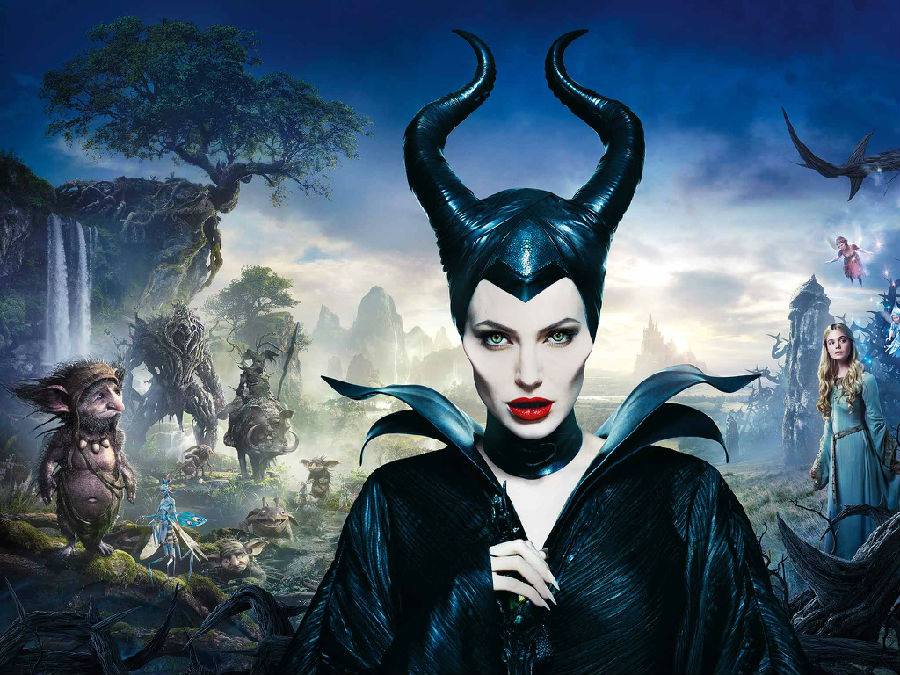Producers and directors can now draw on astoundingly sophisticated computer-generated effects. Except for the actor who played Mowgli, “The Jungle Book” was entirely digital; the authentically lush rainforest and convincing animals earned an Oscar. Jon Favreau, the director, will apply the same techniques to “The Lion King”. “We can put any animal next to a real one and not be able to tell the difference,” claims Richard Stammers, the visual-effects supervisor on “Dumbo”. The animators size up muscle, the wrinkles of skin and the movement of fur. Lacking an airborne elephant to copy, researchers studied the physics of large birds. For imaginary creatures such as the Beast, animators use the latest motion-capture technology, which tracks actors’ movements and facial expressions and then transposes them onto digital figures. The uncanny realism instils a sense of wonder of its own.

These revamps are not the only way Disney is ransacking its canon. In 2018 it released “Mary Poppins Returns” and a film about Christopher Robin, a pal of Winnie-the-Pooh’s; Cruella de Vil, Rose Red (Snow White’s sister), Tinker Bell and Prince Charming are all in line for their own movies. Fears that Disney would tarnish its family heirlooms with these do-overs and spin-offs seem to have been unfounded. On Rotten Tomatoes, a review-aggregator site, audiences give “The Jungle Book” an 86% approval rating—a similar score to the original’s, as is that of the new “Cinderella”.
译文由可可原创,仅供学习交流使用,未经许可请勿转载。












